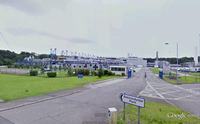RITESH KAKKAR
Banned
Hello,
How the IC are designed i dont understand less than 1mm is very less visible how engineer design less than 1mm wires circuits?
How the IC are designed i dont understand less than 1mm is very less visible how engineer design less than 1mm wires circuits?
